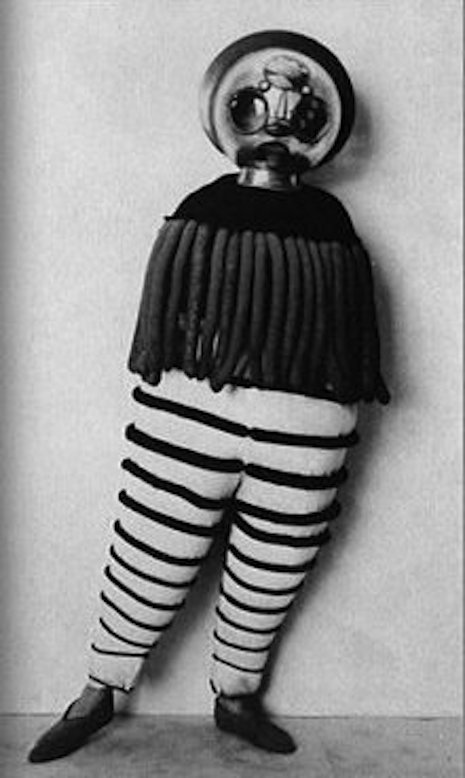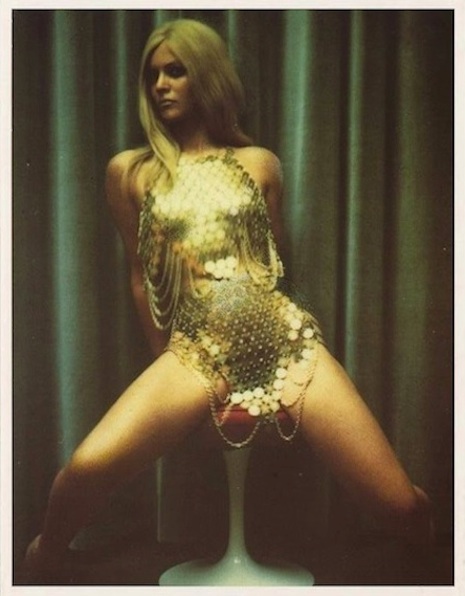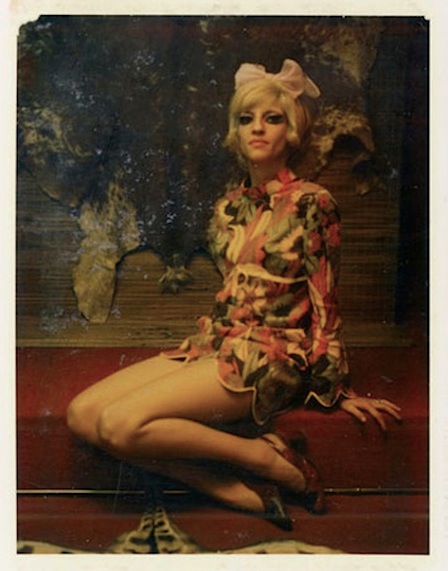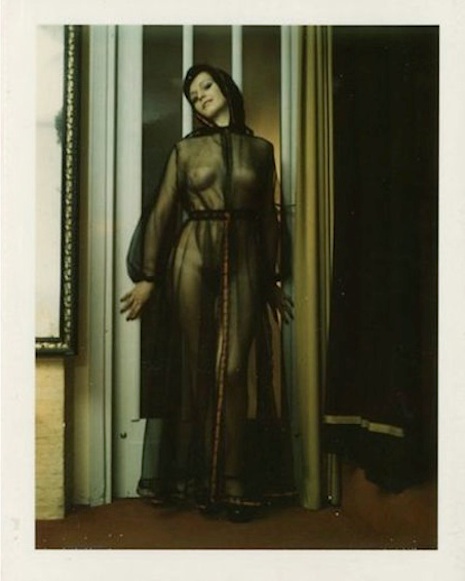
An amusing instance of the new genre of “cargotecture” emerged earlier this year when a Swiss architecture firm called Bureau A re-created the famous neolithic monument of Stonehenge in Geneva, using only blue shipping containers.
If nothing else, the structure, known as “Steelhenge,” was an intriguing blend of the prehistoric and the postindustrial.
Bureau A created the edifice for the so-called “BIG Biennale,” a nickname for the “Biennale des espaces d’art indépendants de Genève,” the Biennale of independent art spaces of Geneva. The location of the Steelhenge project was Plaine de Plainpalais, a large pedestrian area in the city of Geneva; the BIG Biennale was scheduled for the last weekend in June.
Leopold Banchini of Bureau A commented, “The biennale was only organized for a long weekend. With a restricted budget, we had to go for a fast and easily reusable material: the container. ... We like to work with references, displacement or even direct quotes.”

“In this case, the ruins of Stonehenge and the pagan rituals that it evokes seemed like an interesting landscape relating to the disappearing alternative and squat culture in Geneva,” said Banchini.
The containers were placed side by side to recreate the outer circle of monoliths. In order to evoke the taller structures of the original Stonehenge monument, located in Wiltshire in southern England, pairs of containers were placed on their ends to support horizontal units that would bridge their tops.
“The biennale was only organized for a long weekend,” said Banchini. “With a restricted budget, we had to go for a fast and easily reusable material: the container. ... Containers are a symbol at the new globalized economy; it was also interesting to replace the stones of the original monument by these steel box,” said Banchini.
The entire structure was built in a day using a crane. Concrete blocks were added to provide greater stability to the structures, while the design of the interiors were designed by gallery participants at the biennale.

Below, Tony Hendra and Anjelica Huston usher in Spinal Tap’s unforgettable rendition of “Stonehenge”:
via Coudal Partners
Photographs by Dylan Perrenoud
Posted by Martin Schneider
|
12.03.2015
04:47 pm
|








































